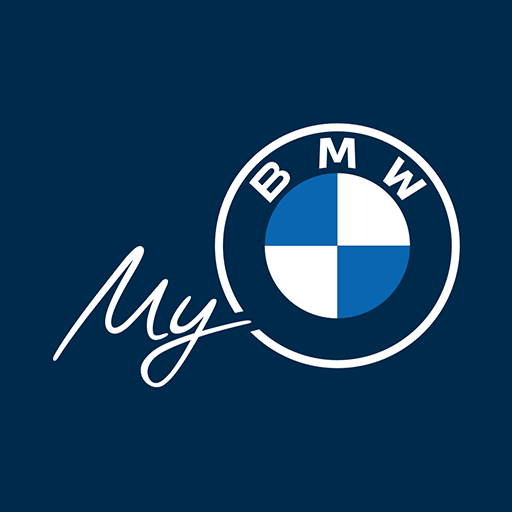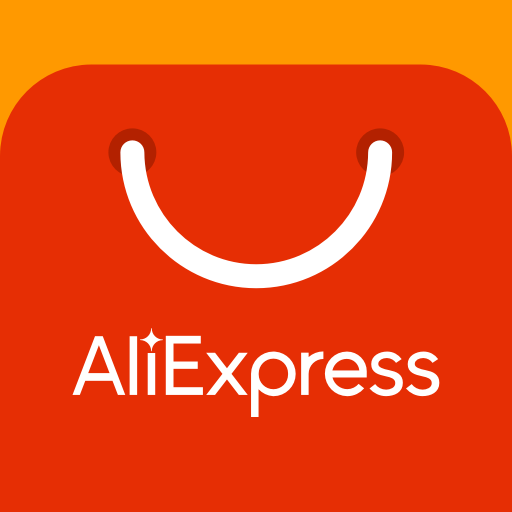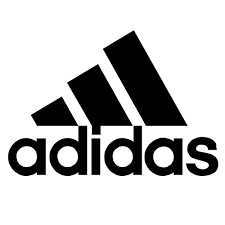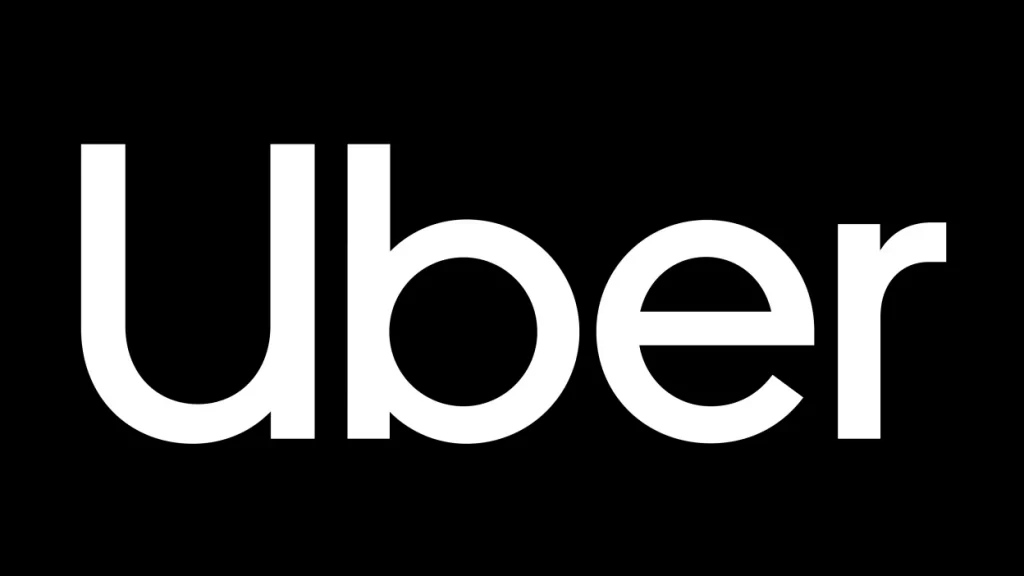
10 Best PWA examples — Are PWAs the Future?
Progressive web apps simplify browsing the web on mobile devices and make sites on desktops more responsive. Here are some of the best examples of PWAs out there today.

Progressive web apps simplify browsing the web on mobile devices and make sites on desktops more responsive. Here are some of the best examples of PWAs out there today.
Progressive web apps technology is becoming an increasingly popular alternative to native apps. PWAs are essentially websites that look and feel like their native app counterparts. That means they’re fast, reliable, and often function offline. Additionally, since they’re built using open standards, they can be deployed on any platform — including the web, iOS, Android, and Windows.
Even though PWAs are websites, there are a few key features that differentiate them from traditional sites:
Overall, progressive web apps offer a better user experience than traditional websites — especially on mobile devices. You’re likely using a PWA without even realizing it.
In this post, we’ll delve into whether PWAs are the future of web design and list some of the best PWA examples on the market right now.
One of the major reasons PWAs are so popular is because they can cut costs for app development. Since you only need one code base to work across platforms, time to market and the overall budget are significantly lower than traditional native development.
Another reason is that they offer a better user experience. Once they’ve loaded, they’re faster and more responsive than some native apps. Push notifications and other app-like features also boost user engagement better than standard web pages.
Of course, responsive design is nothing new. It’s been around since the early aughts. Audi.com was among the first to incorporate an elastic layout that adjusted to screen width in 2001. More followed as mobile devices began to overtake PCs as the dominant way people consume web content.
PWAs take that responsiveness further by adding service workers that add app-like features. Progressive web apps also make it easier to adhere to web content accessibility and to cast a wide net that covers a variety of screen sizes.
Progressive web apps are becoming increasingly popular, and for a good reason. They offer a user experience similar to that of a native app but without the need to download and install anything. They are also more reliable and can be used offline. Progressive web apps are definitely the way of the future.
Several major brands have rolled out PWAs to improve their user engagement and provide more app-like experiences to their customers. Here are 10 examples of progressive web apps you may not have even realized were PWAs.

BMW’s progressive web app delivers a steady stream of content, such as articles, podcasts, and other stories, through a sleek, modern interface. The design matches the company’s brand image and keeps the brand top of mind among its target audience. Mobile users swipe through a loop of immersive content similar to popular social media platforms like Instagram and TikTok.
By keeping prospective buyers engaged, the platform spurred a nearly 50% jump in traffic to BMW sales pages. Additionally, pages loaded nearly four times faster than the traditional website.

American publication Forbes features many cutting-edge takes on business, marketing, and innovation. Readers want a fast, reliable platform to consume content and read more industry insights. Forbes switched to a progressive web app to incorporate push notifications, instant transitions between articles, and improve page loading time.
As a result, user engagement increased, and visitors completed six times more articles while they were on the page.

Music streaming platform Spotify is in a constant arms race with similar services, especially YouTube. Part of that competition is about creating a superior user experience that users will want to pay for to silence ads.
According to Spotify, the move led to a jump in paid users. By 2021, the percentage of paid accounts rose to nearly 60%, up from 26% of total users in 2015.
It also increased the number of desktop users. One app for both mobile and web increased usability and led to very real business gains for the music streaming company.

Chinese e-commerce giant AliExpress saw a 132% increase in cross-border buyers after launching its PWA. The PWA provided an installation-free experience similar on both desktop and mobile, helping AliExpress to adapt to markets in more than 200 countries.
Sign-ups more than doubled, and session times increased by 74% across all browsers after it launched. Users visited twice as many pages per session, making it easier for them to navigate and complete a purchase on the platform.

In 2018, Adidas’ website was underperforming to combat the downward trend, the company rolled out a progressive web app to capture more mobile users in the market. To convert more casual visitors into paying customers, they introduced pop-ups — an app-like feature — that led to greater user registration.
After the PWA launched, global revenue rose by 36%. Net income for continuing operations grew by 223% through 2021.

When you check hotel prices on a booking site, the interaction is usually transactional. Users want to get in, check prices, and immediately leave. Trivago found that most people were skipping subscriptions and leaving the site, which hindered the company’s growth.
To combat the dipping engagement, Trivago began developing a PWA that worked under minimal data usage. Deployment of the PWA came in stages. First, the company rolled out offline functionality followed by push notifications and a home screen icon.
Following the release of the app, the click-through rate from the results page to the offers rose by 97%.

Uber was among the early adopters of a progressive web app. Part of their motivation was that they wanted riders and drivers to be able to use the app while the internet connection was spotty. An offline mode improved the service and allowed users to use the app still. Once they regain an internet connection, the state of the app updates.
Uber also found that about 30% of users were using the app on the web or on unsupported devices. Not wanting to alienate a significant user base, they’ve doubled down on their PWA development and maintenance.

When Pinterest launched its native apps for Android and iOS, loyal users revolted. User experience tanked as the bloated UX failed to maintain engagement. People were accustomed to the web experience, and the native apps were simply not intuitive. Pinterest developers had to scrap their native apps and develop a PWA.
Pinterest’s new PWA employs lazy loading, which downloads images on the screen as users scroll. It preserves page speed and responsiveness while also preserving user intent. As a result, logins increased by over 300%, and Pinterest generated 44% more ad revenue once user experience improved.

Like Uber, Starbucks doesn’t want to alienate paying customers. With that in mind, they developed a PWA for their ordering system. It’s similar to the native app and allows visitors to look over the menu, add items to their cart, and order without a strong connection to the internet. Once they’re back online, they can complete the order through the app.
The PWA is considerably smaller than the native app and, therefore, can run without overloading a device’s system. Starbucks customers now order at roughly the same rates on mobile and on the web.

OLX has seen a dramatic increase in engagement, click-through rate, and decrease in bounce rate since implementing its PWA. Prior to this change, the majority of their traffic came from mobile devices; however, conversions were happening primarily on the native app.
They realized that the mobile web experience was too slow, which was negatively impacting monetization due to slow-loading ads. By using PWA technologies, OLX provided a faster-loading, immersive, and app-like experience for users. With push notifications, users receive messages from buyers or sellers even if the browser is no longer running.
PWAs are a great option to boost user engagement and conversions in your business. They’re fast, reliable, and work as well offline, just like native mobile apps. However, PWA is not the solution for each project. We need to be aware of the limitations of this technology. Native applications and PWA do not compete but complement each other. Please check our PDF “Why PWAs haven’t killed Native Apps” to get more details about the disadvantages and advantages of both technologies.
 Hi, I’m Marcin, COO of Applandeo
Hi, I’m Marcin, COO of Applandeo
Are you looking for a tech partner? Searching for a new job? Or do you simply have any feedback that you'd like to share with our team? Whatever brings you to us, we'll do our best to help you. Don't hesitate and drop us a message!
Drop a message